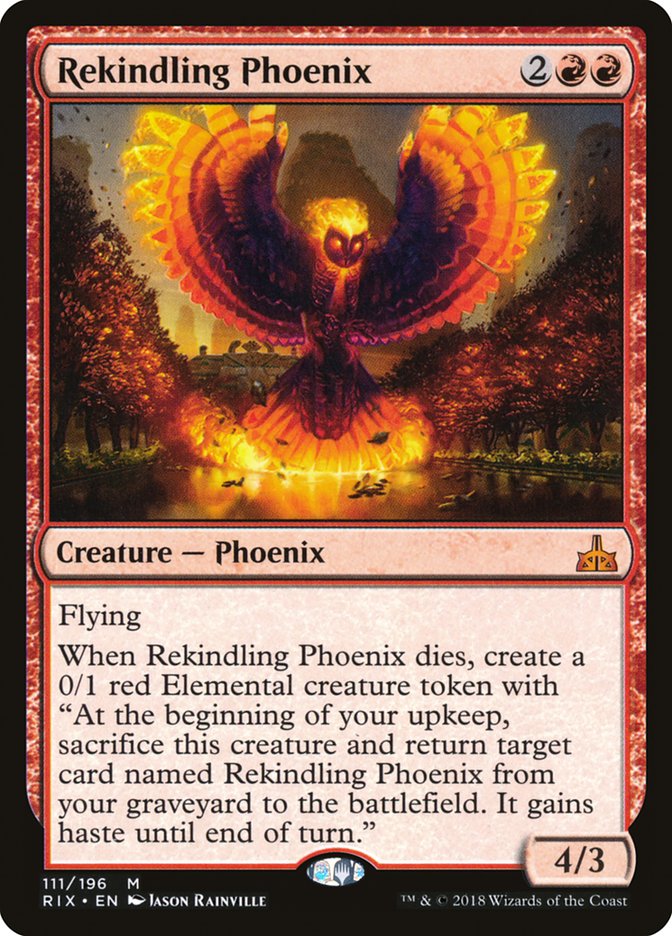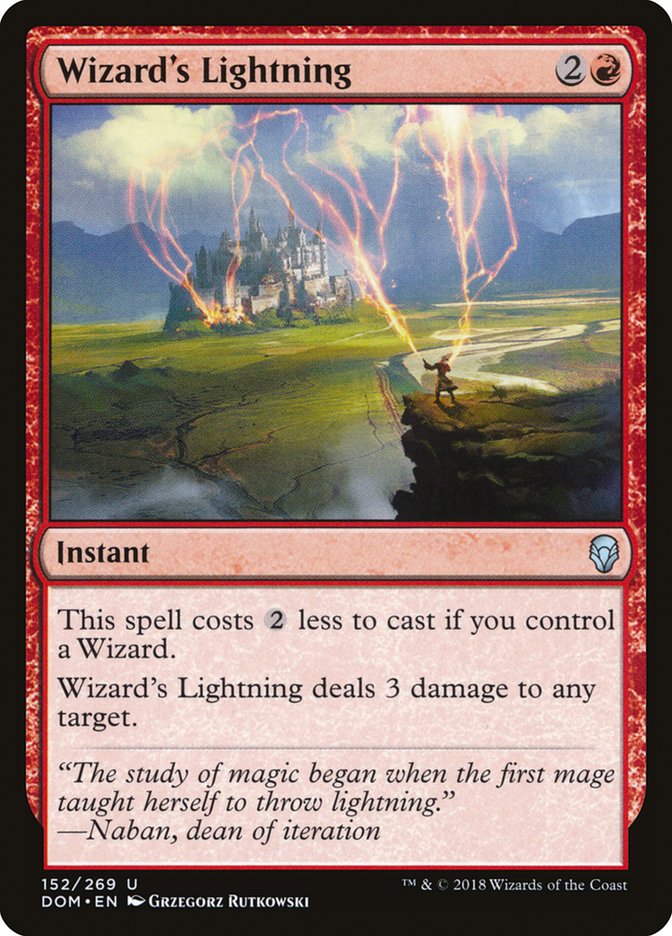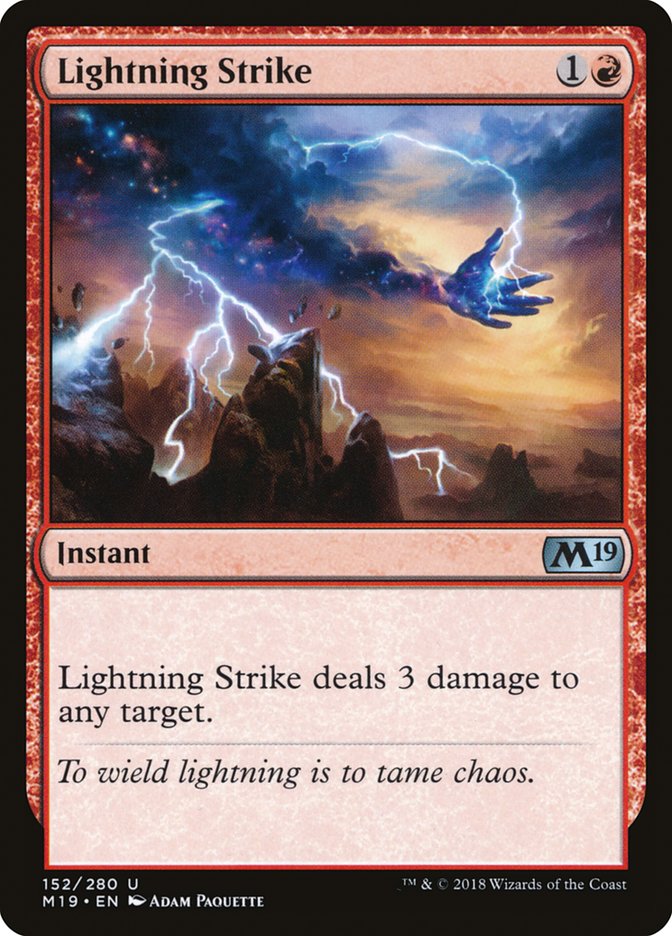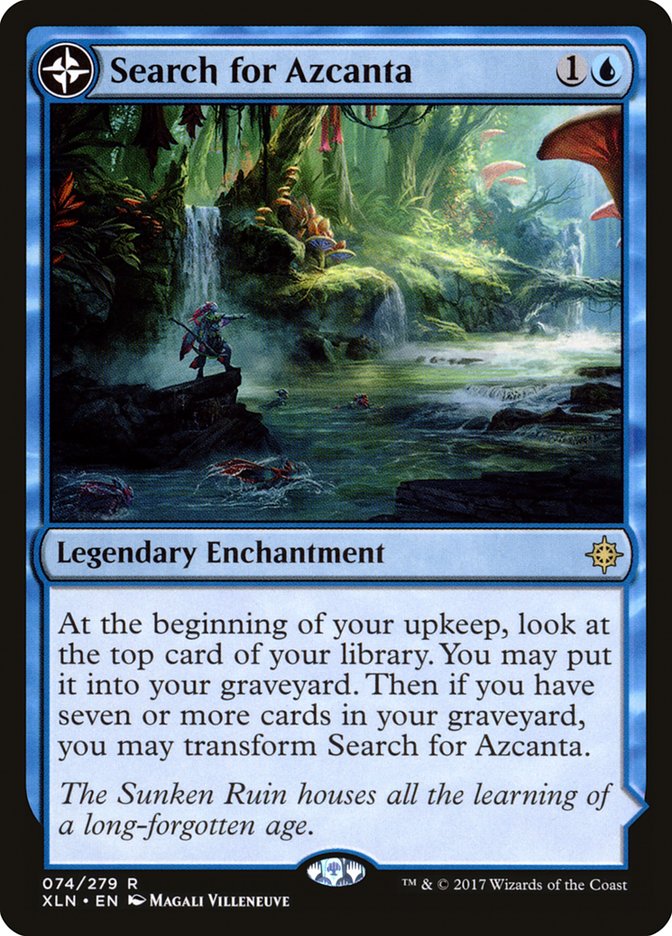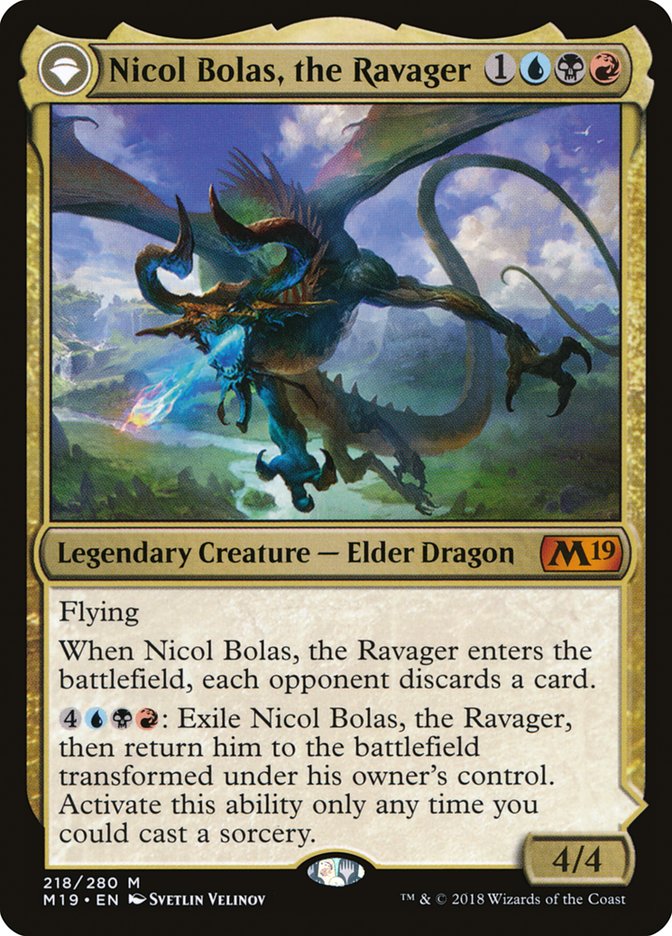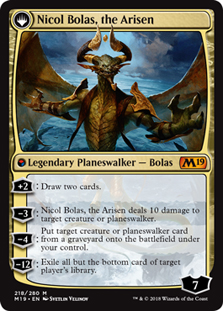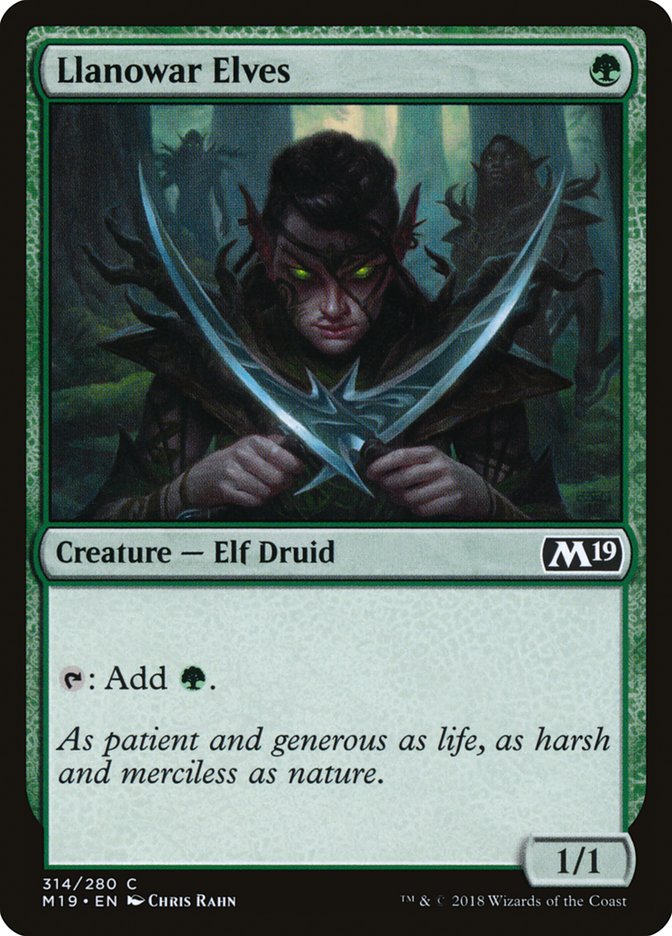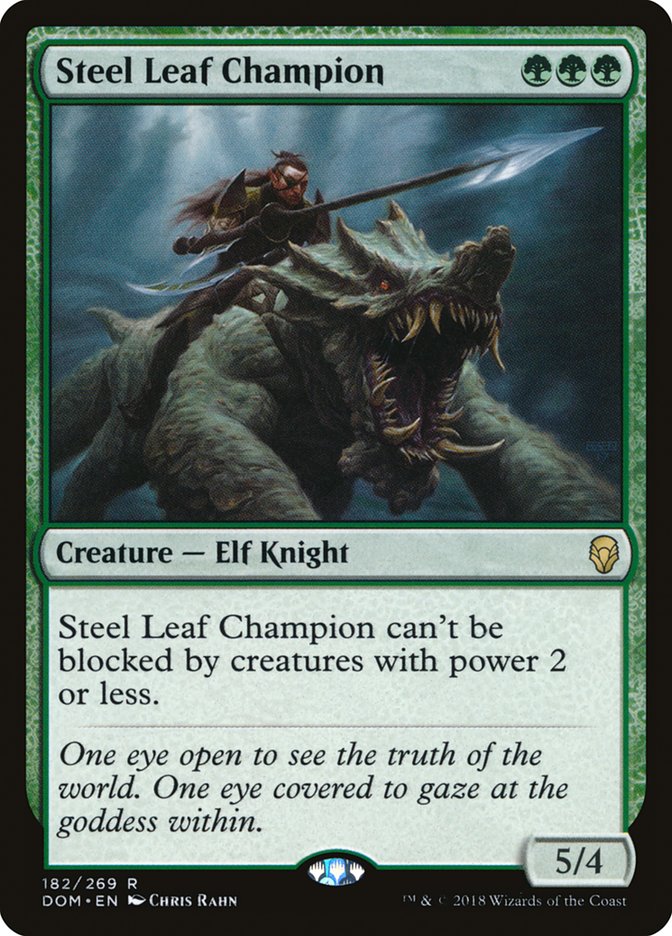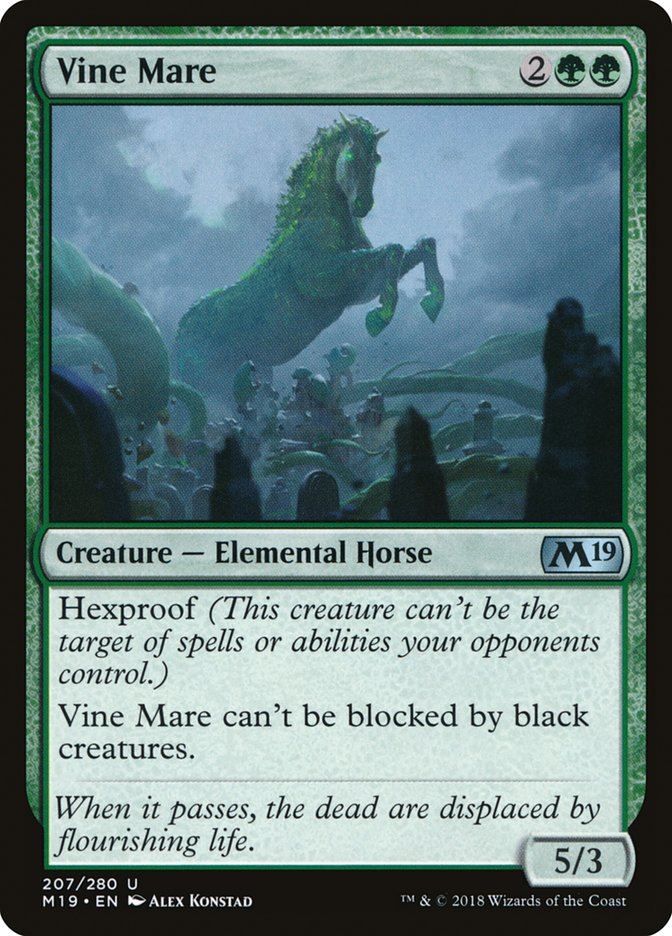My fellow Magic players, it is that time of year again. No I don’t mean
Hall of Fame season, I mean something the majority of Magic players
actually care about: the huge fall Standard rotation. Despite feeling like Kaladesh has been legal in Standard for a decade, it is finally
time to say that change is coming.
Let me be the first to say that change is good.

Standard has been through many trying times and hardships over the last two
years. We’ve seen far too many bannings, stale metagames, sinking
attendance numbers, and a general lack of confidence in the format as a
whole. This can’t last. Standard is perhaps the most dynamic format in all
of Magic, as well as the most important when it comes to getting new
players into the game. Thankfully, we stand on the precipice of a new day
in Standard.
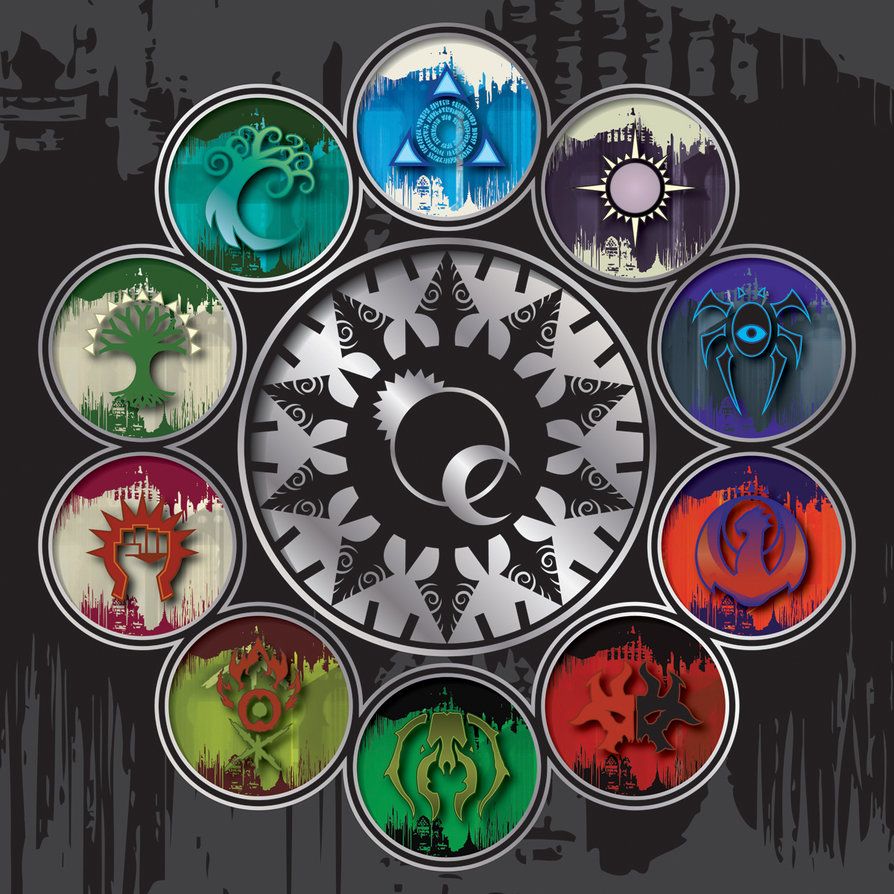
Guilds of Ravnica
is coming, but more importantly most of the sets that made up the majority
of the dark times in Standard are also leaving us. Ixalan and Rivals of Ixalan always stood in the shadows of Kaladesh
and Amonkhet and now will get stand on their own alongsideDominaria, Core Set 2019, and the new Guilds of Ravnica.
While a welcome rotational change is coming no matter what, it’s important
to note that since Pro Tour 25th Anniversary, the Standard metagame has
actually been quite dynamic. All the major archetypes of aggro, midrange,
control, and even some combo are present, with the last month of major
events showing a large variety in decks.
Cards may rotate, but archetypes are forever; today we will be looking at
each archetype as it moves on from rotating cards and looks to the future.
Red Aggro
Aggressive red decks have had it real good in Standard in recent memory,
from Bomat Courier all the way up to Glorybringer, and it’s this level of
flexibly that has allowed red to be one of the best strategies for over a
year. Red decks have felt Jund-like in recent memory, as they can adapt
themselves effortlessly to the expected metagame and can feature very
dynamic sideboards.
Creatures (24)
- 2 Pia Nalaar
- 4 Bomat Courier
- 4 Scrapheap Scrounger
- 2 Kari Zev, Skyship Raider
- 2 Glorybringer
- 2 Hazoret the Fervent
- 2 Soul-Scar Mage
- 2 Rekindling Phoenix
- 4 Goblin Chainwhirler
Planeswalkers (3)
Lands (25)
Spells (8)
Sideboard

R/B Aggro is the most recent of this long line of red decks, featuring more
of the same: a fast clock, resilient early threats, and tons of big time
game-breakers, with the ability to sideboard into a more midrange deck if
the need arises. However, red’s reign at the top as we know it is about to
come to an end. Let’s take a look at all the cards in the deck that survive
the impending rotation:
…Damn
Kaladesh was a good set.
It’s safe to say that aggressive red decks will look a fair bit different
post-rotation, likely heading back to their roots.
Creatures (26)
- 4 Bomat Courier
- 2 Ahn-Crop Crasher
- 4 Soul-Scar Mage
- 4 Earthshaker Khenra
- 4 Ghitu Lavarunner
- 4 Goblin Chainwhirler
- 4 Viashino Pyromancer
Lands (19)
- 19 Mountain
Spells (15)
Sideboard

That’s more like it! 19 lands, 12 burn spells, 12 one-drops… now that’s a red deck! Daniel’s deck still loses a bunch of cards to
rotation, but the important part stays around completely intact:
Lightning Strike, Shock, and Wizard’s Lightning make up a very nice suite
of burn spells, giving aggressive decks access to cheap removal as well as
a very real amount of reach. They push red decks in a much more aggressive
direction, which paired with the removal of so many of red’s top end
threats makes it clear that if red aggro decks are going to survive post
rotation, they’re going to need to be of the more traditional “one-drops
and burn spells” variety. This is further supported by the two Wizards that
survive rotation, Viashino Pyromancer and Ghitu Lavarunner, which will
hopefully find at least one Izzet Wizard friend in Guilds of Ravnica. We can only hope that it may be time to dust
off those copies of Adeliz, the Cinder Wind!
The biggest loser in all of this is Goblin Chainwhirler, who survives
rotation but loses almost all its friends. We take for granted how
difficult Goblin Chainwhirler’s casting cost is because mono-red was
already the best deck when it was printed, but RRR is no joke. If Goblin
Chainwhirler’s stock goes down, that bodes very well for all of the
one-toughness creatures in the format.
Mono Red Aggro is likely to survive in some form, but it will look very
different.
Blue-Based Control
On the other side of the Bomat Courier coin is Torrential Gearhulk.
Ahh yes… Torrential Gearhulk… *swoon*
Personal bias aside, Torrential Gearhulk-based control decks have been a
force in Standard since its printing. For as long as Bomat Courier has been
doing its best Raging Goblin impression on turn 1, end of turn Torrential
Gearhulk has been finishing games with authority.
Creatures (5)
Lands (26)
Spells (29)

That’s all about to change.
Torrential Gearhulk, in conjunction with Glimmer of Genius and Hieroglyphic
Illumination, completely dictated how we built our control decks since
their printing. Now, not only is that element gone, but also leaving are
other control staples like Disallow and Fatal Push, further changing the
overall look and feel of the archetype. This would normally be devastating
to the archetype as a whole, forcing players to completely rethink how they
built their control decks, but that answer is already very obvious:
This isn’t exactly surprising; the duo of Teferi, Hero of Dominaria and
Search for Azcanta has been showing up in Modern consistently, even in
Legacy and Vintage at times. Both cards are among the most powerful control
cards printed in recent memory, leaving no reason to think that they won’t
be the face of control in Standard going forward.
Creatures (2)
Planeswalkers (4)
Lands (26)
Spells (28)

Teferi, Search for Azcanta, and Settle the Wreckage form the core of U/W
Control in Standard, and there’s no reason to think that Guilds of Ravnica Standard will be any different. Cards like
Disallow, Cast Out, and Glimmer of Genius are all great, but ultimately
replaceable. With the core already understood and firmly in place, U/W
Control has to be one of the front runners in a post-rotation Standard
world.
However, there is one more Teferi deck in Standard.
Planeswalkers (6)
Lands (26)
Spells (28)

Like it or not, Bant Nexus survives rotation almost completely intact.
This is scary, because while control decks can be beaten through various
other paths, Bant Nexus absolutely demands that you can interact with their
spells directly. Usually this is done with cards like Duress and Negate,
which put stress on the format as it becomes a limiting factor. Your G/R
Dinosaurs deck may be sweet, but if you can’t stop your opponent from
casting Root Snare or Nexus of Fate, you’re probably going to have a bad
time (or maybe no time at all as you’ll find yourself never taking another
turn). Finding means of interaction in non-blue and black decks is going to
be paramount, or finding a way to go fast enough that it doesn’t matter.
Midrange
Midrange in Standard has been defined by one card since its printing:
It’s rare we see a card that is simultaneously durable as well as
unbeatable if it lives for one turn cycle, but that’s been the reality of
Standard for as long as The Scarab God has been legal. The Scarab God made
midrange deckbuilding even easier than usual- Play good removal spells,
play good value creatures, and then stall until The Scarab God wins the
game all by itself.
Creatures (15)
Planeswalkers (1)
Lands (26)
Spells (18)

Of course, there’s just one problem with this strategy… Goodbye, The
Scarab God! And frankly, that’s not all. Almost every major element of
Ben’s B/U Midrange deck is getting axed by rotation. No more Glint-Sleeve
Siphoner running away with the game, no more Champion of Wits helping solve
the classic midrange problem of drawing the wrong half of your deck, and so
on. However, there is a ray of hope for midrange players everywhere:
Creatures (15)
- 3 Torrential Gearhulk
- 4 Glint-Sleeve Siphoner
- 2 The Scarab God
- 3 Champion of Wits
- 3 Nicol Bolas, the Ravager
Planeswalkers (1)
Lands (27)
Spells (17)

Nicol Bolas, the Ravager remains, likely getting a nice amount of support
with Izzet and Dimir both being featured guilds in Guilds of Ravnica.
Quite frankly, despite the long awaited exit of The Scarab God from the
format, midrange players have very little to worry about. Wizards of the
Coast loves midrange and as long as there are busted mythic rares and
reasonable removal spells, midrange will exist it some shape or form.
Furthermore, midrange tends to thrive in smaller, less powerful formats,
because individual card power matters a lot more in a smaller card pool.
It’s harder to build synergistic decks with less total cards available, and
therefore, easier to pick them apart with removal and interaction and play
a big crazy mythic.
Midrange is so dependent on whatever mythic rare it is built around that
it’s hard to know what the future of midrange is post-rotation, but rest
assured the future is there. Multicolor cards also tend to play right into
the midrange plan of “undercosted good stuff” (think Siege Rhino), further
pushing the midrange narrative.
Green Aggro
Of course, the color absent in all of this so far is green. Green was the
top color in Standard for quite a while before falling off the map, giving
us powerhouse card advantage cards like Collected Company and Tireless
Tracker. However, lately green has mostly been without an identity.
Creatures (28)
- 4 Llanowar Elves
- 4 Verdurous Gearhulk
- 4 Servant of the Conduit
- 3 Greenbelt Rampager
- 3 Rhonas the Indomitable
- 4 Steel Leaf Champion
- 4 Vine Mare
- 2 Thorn Lieutenant
Lands (22)
Spells (10)

Big dumb idiot beatdown has been mostly it with green recently, and while
the current iterations of Mono-Green Aggro are pretty heavy on Kaladesh cards, many of the best ones aren’t going anywhere.
There’s no doubt that turn 1 Llanowar Elves, turn 2 Steel Leaf Champion is
one of the most powerful openings in all of Standard, and with the format
losing three total sets, it only starts looking better. Like Goblin
Chainwhirler, there is serious pressure on Steel Leaf Champion for there to
be enough playable green cards to actually make a good deck, but the power
level is there and off the charts. Vine Mare also stands out as an
extremely powerful threat in a powered down format, handling almost
everything that is usually good against a green deck.
With Hazoret the Fervent, Glorybringer, and The Scarab God all being sent
out to pasture, it may be time for the many Dinosaur cards from Ixalan to shine as well. Regisaur Alpha, Carnage Tyrant, and
Thrashing Brontodon are all pretty powerful cards on rate, and it’s going
to be important to reevaluate all of the Ixalan cards we may have
overlooked that couldn’t keep up with the Kaladesh ones.
Standard Redefined
Standard is about to lose most of its defining characteristics:
- “Turn 1 Bomat Courier, attack and trigger!”
- “End step, Torrential Gearhulk, Flashback Glimmer of Genius!”
- “Play The Scarab God, LOLZ!”
But what is more important than what it loses is what remains.
Teferi, Hero of Dominaria feels like the clear winner here, but it’s
important to figure out what is going to fill the other holes. What will
aggressive red decks look like? What’s the new crazy good midrange card? Is
it Nicol Bolas, the Ravager? How is control going to end games? Looking at
what we currently have and getting it ready for the context of a new set is
where you can save a lot of mental time and processing. This allows you to
look at Guilds of Ravnica previews with the skeleton of a format
already assembled in your mind, giving you proper context to slot them in.
I’m immensely excited for Guilds of Ravnica, not because I have
some sort of nostalgia for our return to R eturn to Ravnica but because Standard is awesome, and I look
forward to it getting back to being awesome. I love Modern and I love
Legacy, but Standard is such a dynamic and skillful format.
I want to see it back at the forefront.
I guess getting to play Teferi, Hero of Dominaria and Search for Azcanta
more ain’t bad either.



